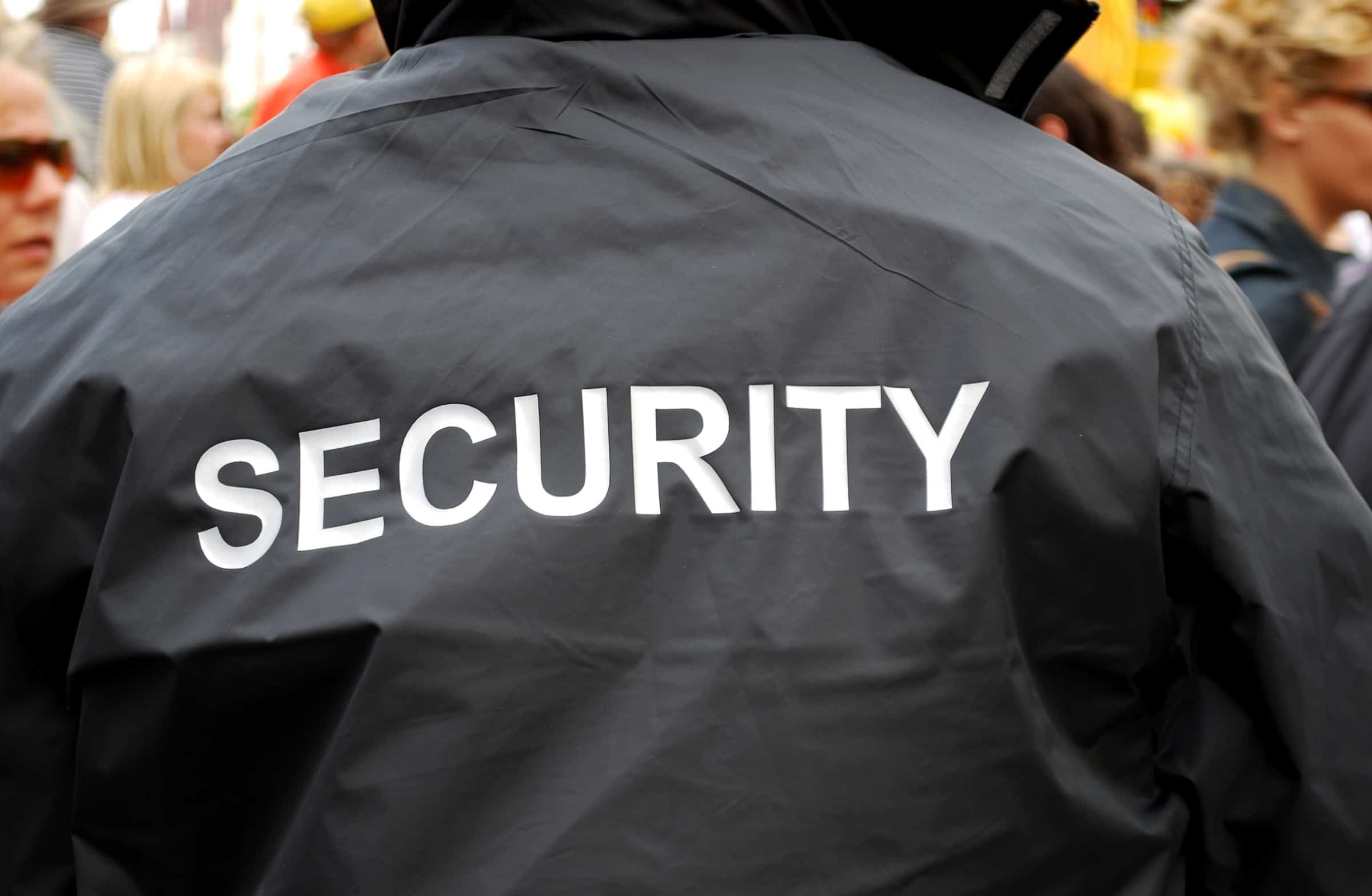Enhancing Emergency Response Through Traffic Control Management

Effective emergency response is crucial in minimizing damage and saving lives during critical incidents such as natural disasters, fires, or accidents. A key factor in ensuring swift and organized emergency response lies in efficient Traffic Control Management. By regulating the flow of vehicles and managing road access, traffic control plays a vital role in enabling emergency responders to reach affected areas quickly and safely. This article explores how strategic traffic control management enhances emergency response efforts and contributes to overall public safety.
1. Ensuring Clear Routes for Emergency Vehicles
One of the primary goals of Traffic Control Management during emergencies is to create unobstructed routes for emergency vehicles. Congestion and unorganized traffic can significantly delay the arrival of first responders such as ambulances, fire trucks, and police vehicles. Traffic control measures, such as dedicated emergency lanes, temporary road closures, and signal prioritization, ensure that these vehicles can navigate the roads efficiently.
In urban areas with high traffic density, real-time traffic management systems can dynamically adjust traffic signals and redirect vehicles, providing emergency responders with the fastest possible routes.
2. Facilitating Evacuations
During large-scale emergencies, such as wildfires or hurricanes, the safe and orderly evacuation of residents is critical. Traffic Control Management helps coordinate the movement of large numbers of vehicles, preventing bottlenecks and ensuring that evacuees can reach safe locations without unnecessary delays.
Traffic controllers and automated systems work together to manage road closures, establish one-way evacuation routes, and guide drivers through unfamiliar areas. This level of coordination reduces confusion and improves the efficiency of evacuation efforts.
3. Minimizing Secondary Incidents
Chaos on the roads during emergencies can lead to secondary incidents, such as accidents or gridlocks, further complicating the situation. Proper Traffic Control Management minimizes these risks by providing clear guidance to drivers, regulating traffic flow, and enforcing safety measures.
For example, temporary signage, barriers, and the presence of trained traffic controllers at critical intersections can prevent accidents and keep traffic moving smoothly, even in high-stress situations.
4. Supporting Disaster Recovery Efforts
Once the immediate emergency has been addressed, traffic control remains essential during the recovery phase. Emergency teams, utility workers, and supply deliveries rely on well-managed road access to carry out repairs, restore services, and provide aid to affected areas.
Traffic Control Management ensures that these critical operations are not hindered by public traffic. By maintaining designated zones for emergency and recovery personnel, traffic control systems streamline the recovery process and minimize disruptions.
5. Integrating Technology for Real-Time Management
The integration of advanced technologies has revolutionized Traffic Control Management in emergency situations. Tools such as GPS tracking, traffic monitoring cameras, and predictive analytics allow authorities to assess road conditions in real-time and make informed decisions.
These technologies enable dynamic adjustments to traffic patterns, such as rerouting vehicles away from danger zones or identifying alternative routes for emergency responders. Mobile applications and digital communication platforms also allow authorities to inform the public about road closures and alternative routes instantly.
6. Coordinating Between Agencies
Effective emergency response requires seamless coordination between traffic management teams and other agencies, such as fire departments, law enforcement, and medical services. Traffic Control Management acts as a bridge, ensuring that all agencies have the information and access they need to perform their duties.
For instance, traffic controllers can work alongside emergency dispatch centers to provide real-time updates on road conditions, helping responders choose the best routes. This collaborative approach enhances the overall efficiency and effectiveness of emergency response efforts.
7. Educating the Public on Traffic Control Measures
Public awareness and cooperation are essential for the success of Traffic Control Management during emergencies. Educating drivers about the importance of following traffic control measures, such as yielding to emergency vehicles and obeying evacuation routes, can significantly improve response times and reduce risks.
Regular drills and public safety campaigns help familiarize the community with traffic control protocols, ensuring that people know how to react during real emergencies.
Traffic Control Management is a critical component of emergency preparedness and response. By ensuring clear routes for responders, facilitating evacuations, minimizing secondary incidents, and supporting recovery efforts, traffic control measures play an indispensable role in safeguarding lives and property during crises. The integration of advanced technologies and inter-agency collaboration further enhances the effectiveness of these efforts, making traffic control an essential element of modern emergency management strategies.
- Questions and Answers
- Opinion
- Motivational and Inspiring Story
- Technology
- Live and Let live
- Focus
- Geopolitics
- Military-Arms/Equipment
- Segurança
- Economy
- Beasts of Nations
- Machine Tools-The “Mother Industry”
- Art
- Causes
- Crafts
- Dance
- Drinks
- Film/Movie
- Fitness
- Food
- Jogos
- Gardening
- Health
- Início
- Literature
- Music
- Networking
- Outro
- Party
- Religion
- Shopping
- Sports
- Theater
- Health and Wellness
- News
- Culture

